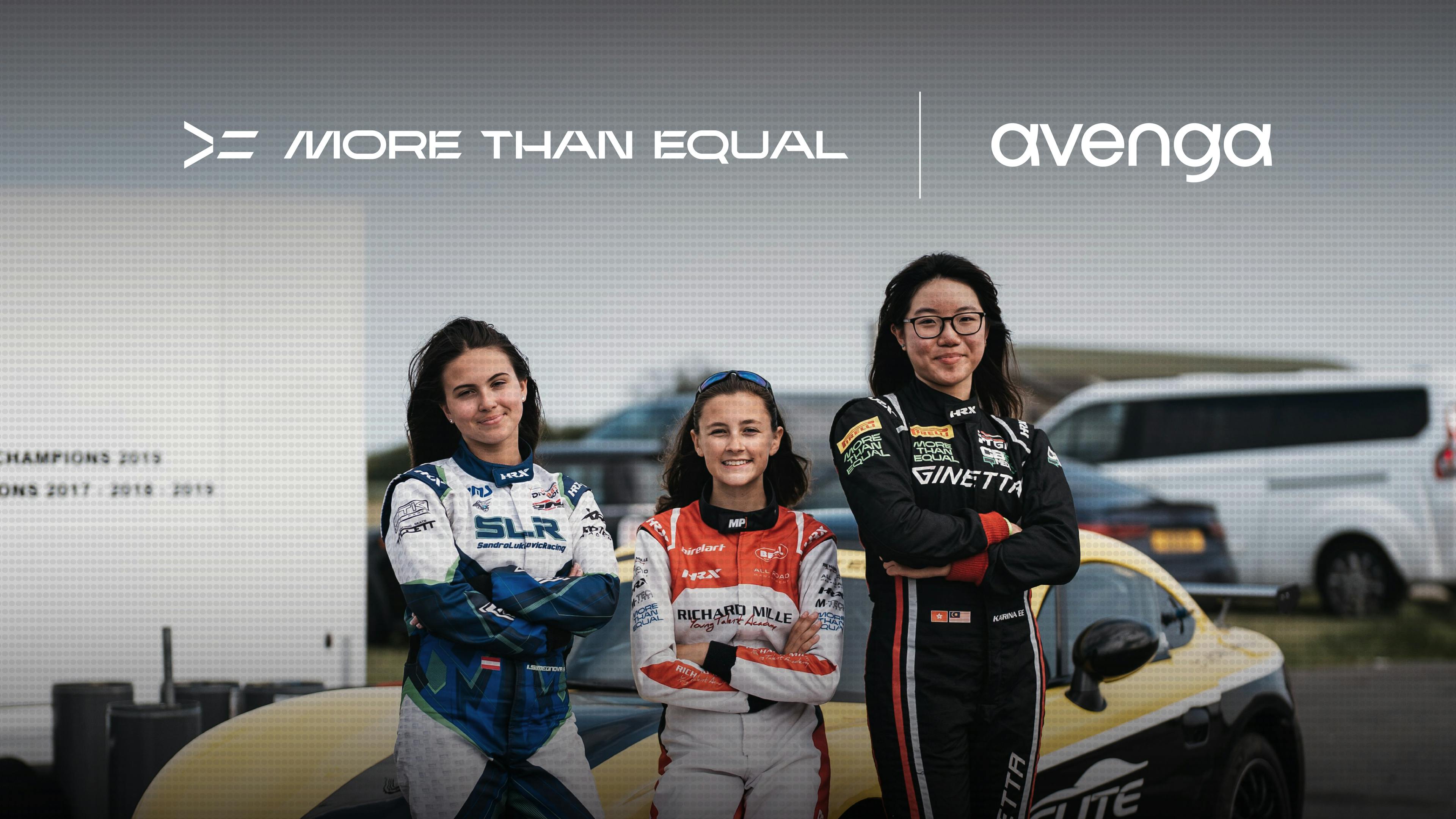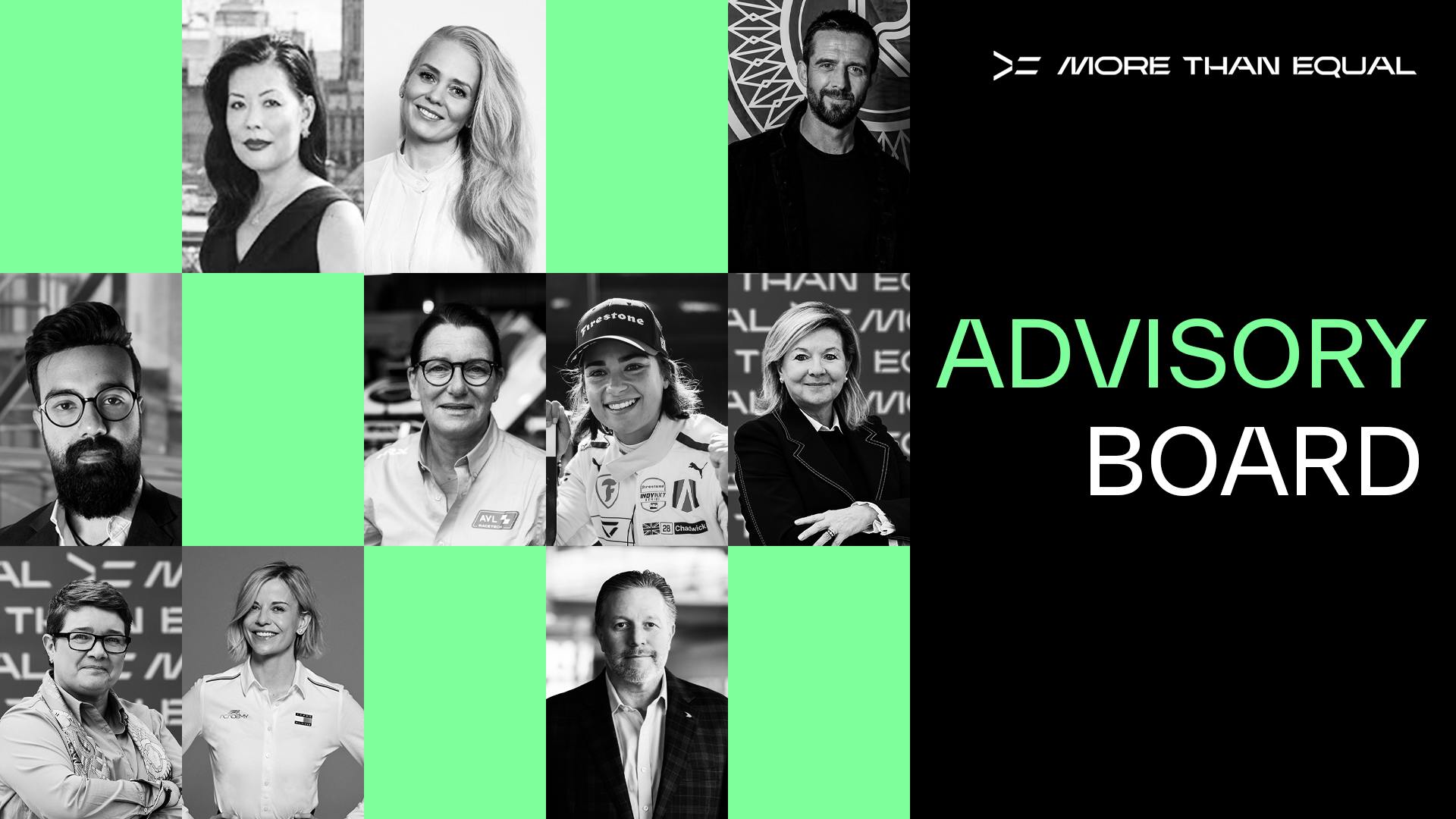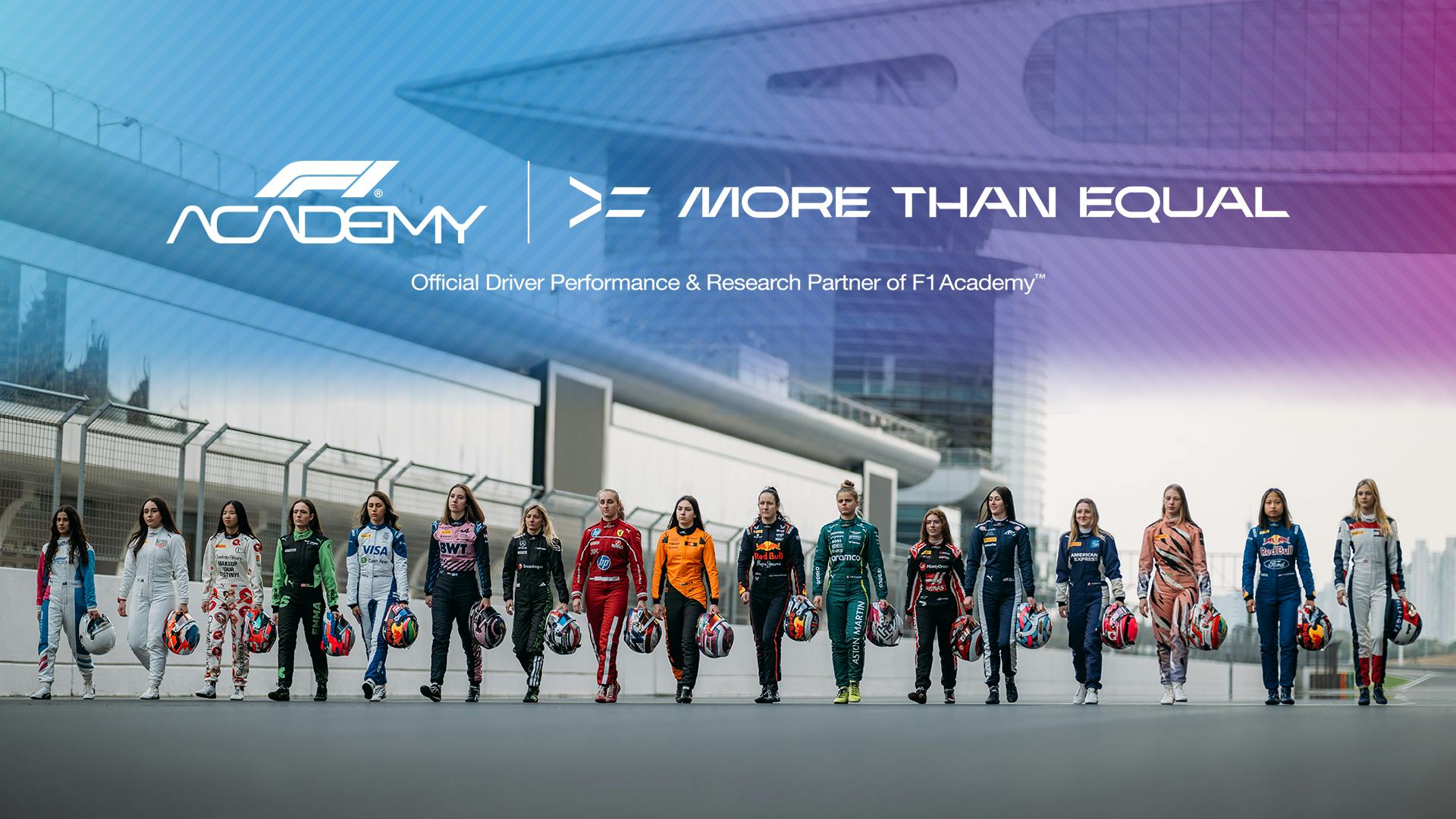It’s Never Been A Thing: Lessons in Gender Equality from Drag Racing
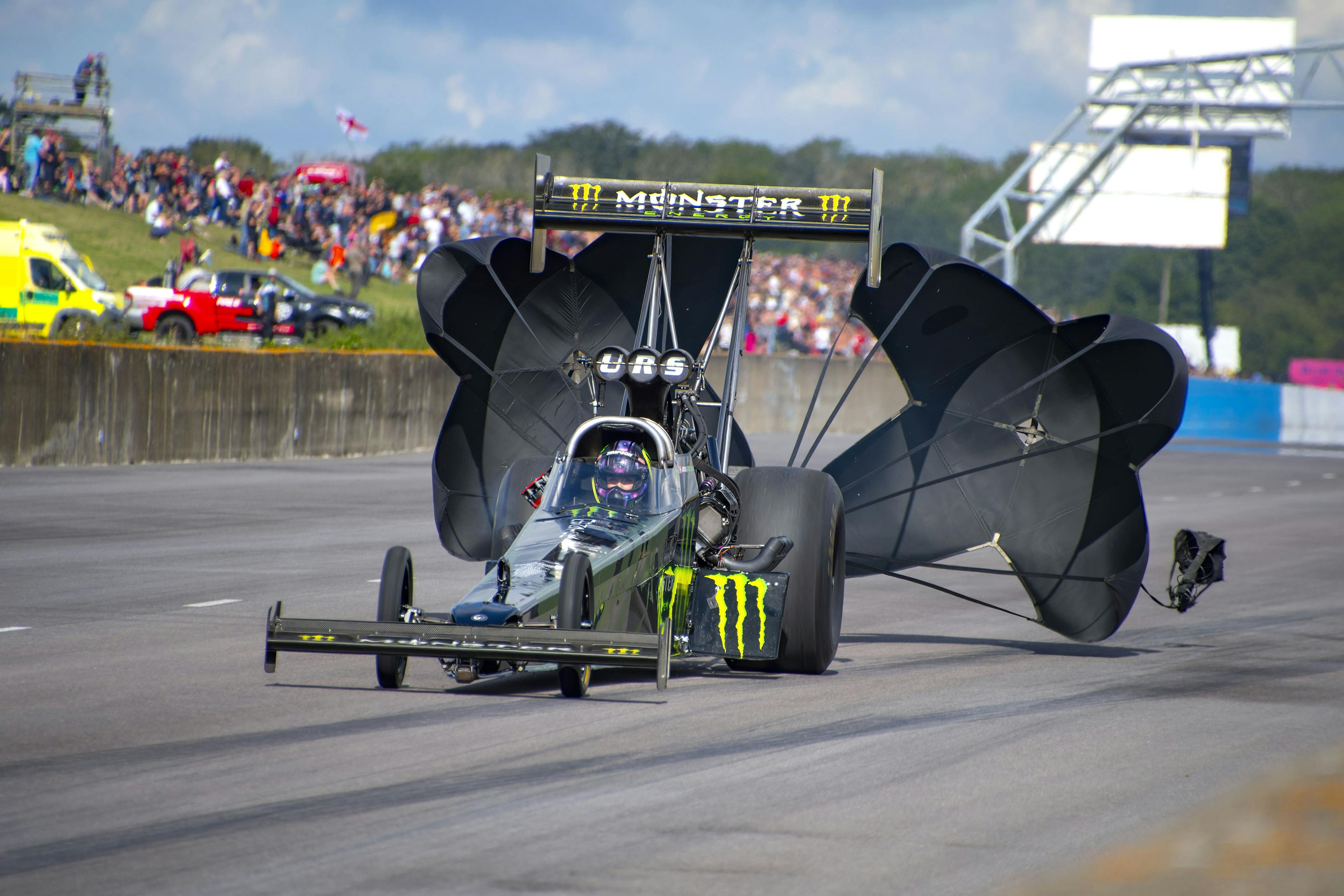
An in-depth study uncovering how drag racing became the world’s most gender-equal motorsport — and the lessons it offers to drive equality across all racing formats.
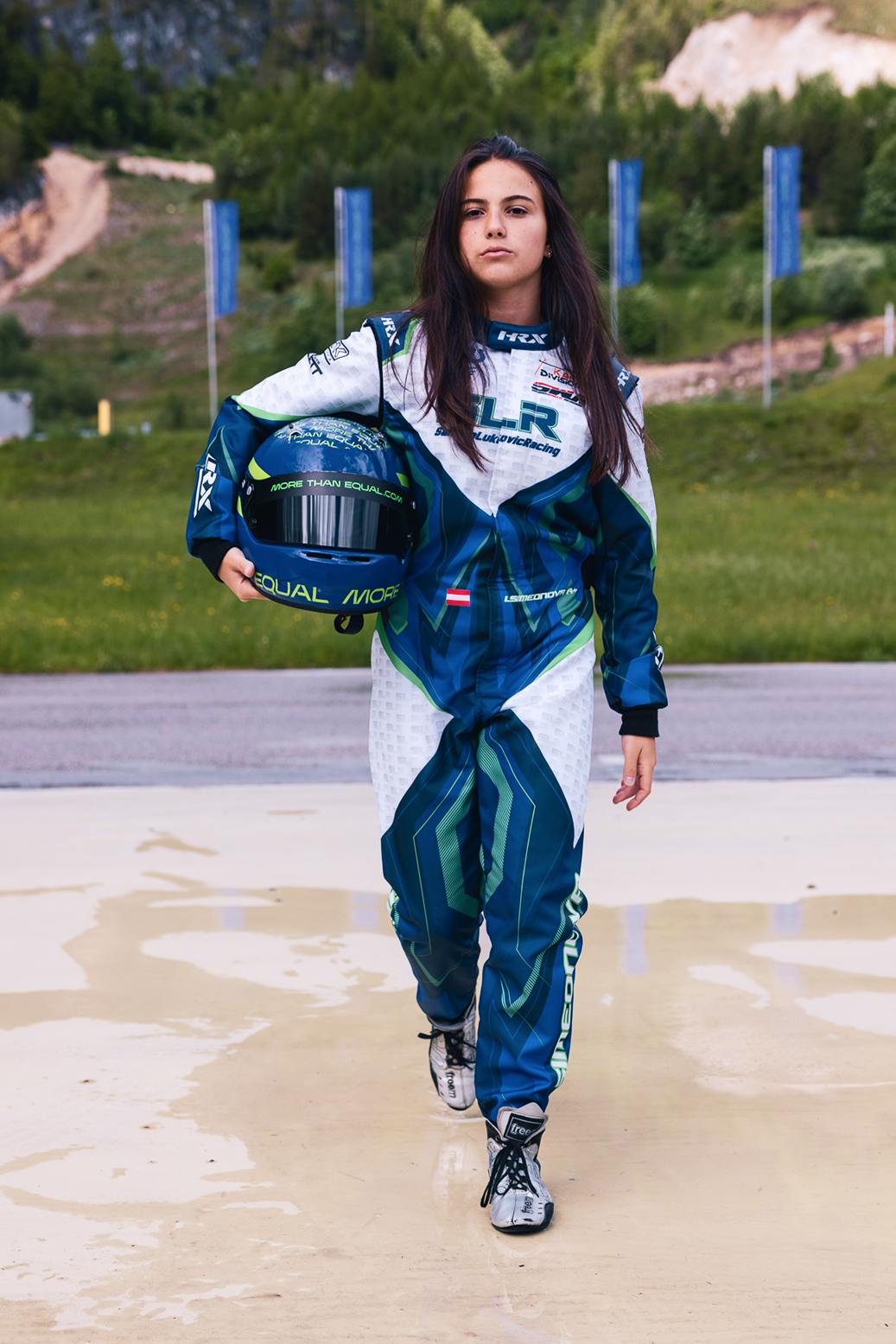
Drag Racing stands out as the most gender-equal motorsport in the world — a format where women have been racing, winning, and setting records alongside men for decades. More than Equal’s latest research explores why Drag Racing has succeeded where other formats have struggled, uncovering the cultural, structural, and environmental factors that have broken down barriers and kept them down.
Drawing on interviews with drivers, team members, media representatives, and governing body officials, alongside historical research and first-hand observations, the report identifies six key themes that explain Drag Racing’s exceptional track record:
- A Sport Where “It’s Never Been a Thing”: Female competitors make up a significant proportion of the field in top-tier categories.
- Resilient and Talented Trailblazers: This is the result of decades of progress, starting with pioneers like Paula Murphy and Shirley Muldowney, who broke through restrictive licensing rules in the 1960s and 70s, proving that talent and resilience could overcome entrenched stereotypes.
- Visionary Advocates: Early female champions not only delivered results on track but also fought for systemic change, from fair licensing to basic facilities for women at events. Their determination was matched by visionary advocates, including sponsors, promoters, and officials who recognised both the sporting and commercial value of female competitors.
- Role Models and Representation: Drag Racing’s sustained gender diversity is driven by a constant flow of visible, successful female role models. From legends like Shirley Muldowney to modern champions such as Erica Enders and the Force sisters, each generation inspires the next.
- Accessibility at the Core: Unlike many forms of motorsport, Drag Racing offers relatively low barriers to entry. Affordable grassroots events, widespread access to tracks, and a family-oriented culture create a welcoming environment for newcomers.
- Engineering Competence and Respect: Many top female drag racers are also skilled mechanics and engineers, earning respect for their technical expertise as well as their driving ability. This hands-on involvement builds credibility and reinforces the message that competence, not gender, is what matters in the paddock.

The report distils Drag Racing’s success into actionable lessons for the wider motorsport world:
- Invest in dedicated female talent development programmes.
- Support and empower resilient trailblazers.
- Build partnerships between sponsors, media, and governing bodies to back female drivers.
- Maintain a visible, constant flow of role models.
- Reduce financial and cultural barriers to entry.
- Value and promote technical competence alongside driving skill.
By adopting these principles, other motorsport formats can begin to close the participation and performance gap, creating pathways where female drivers are not the exception, but a natural and expected part of the competition.
Other articles
